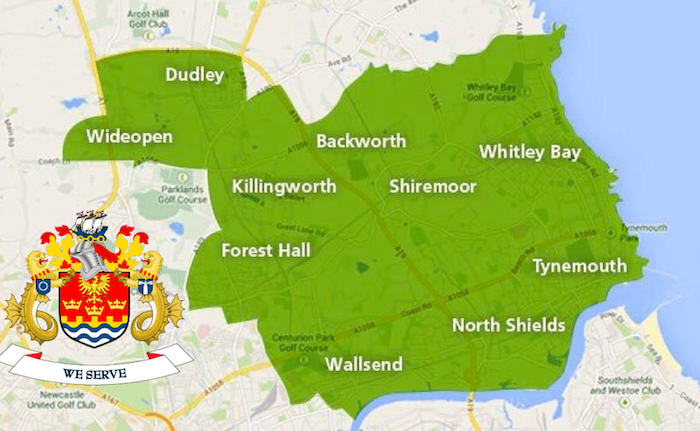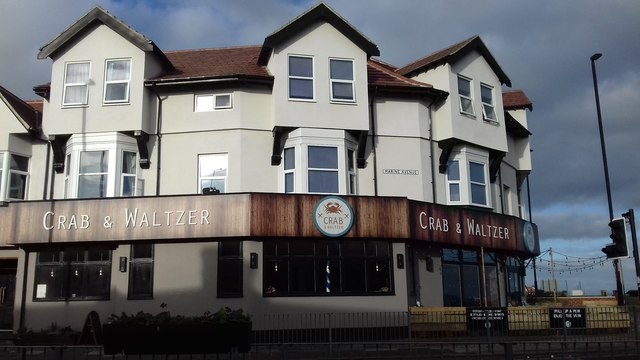Topics > Tyne and Wear > North Tyneside > Whitley Bay > Whitley Bay, Historical Account, 1890
Whitley Bay, Historical Account, 1890
Extract from: Kelly's Directory of Durham, 1890
WHITLEY, near North Shields, is a popular bathing place on the shore of the North Sea, with excellent sands, and has a station on the Blyth and Tyne section of the North Eastern railway, 2 ½ miles north-east from North Shields. The Local Government Act, 1858 (21 and 22 Vict. c. 98), was adopted October 31, 1873, the Local Government district comprising portions of Whitley and Monkseaton; the board consists of twelve members. The township is in the Tyneside division of the county, East division of Castle Ward, Tynemouth union, East division of Castle Ward petty sessional division and North Shields county court district. The ecclesiastical parish of Whitley, or Cullercoats St. Paul, was formed in 1860 out of Tynemouth, and is in the rural deanery of Tynemouth, archdeaconry of Northumberland and diocese of Newcastle. The church of St. Paul, erected in 1864, at the cost of the Duke of Northumberland K.G. is a building of stone, in the Early English style, consisting of chancel, nave, aisles, north and south porches and a tower at the south-east angle, with spire and containing 6 bells and a clock with chimes: the bells were presented in 1864 by Sir Charles Mark Palmer bart. M.P. and the clock and organ by public subscription: there are several stained windows; the west window was erected by W. B. Wilkinson esq. J.P. in 1884, as a memorial to his son: there are 550 sittings. The register dates from the year 1861. The living is a vicarage, gross yearly value £300, with residence, in the gift of the Duke of Northumberland K.G. and held since 1885 by the Rev. Edward Smith M.A. of Corpus Christi college, Cambridge. There are Wesleyan and Free Methodist chapels, and a Free Library, established in 1870. The North Shields Waterworks Company’s reservoirs form a pleasant skating ground in winter. The Prudhoe Memorial Convalescent Home, at Whitley Links, in this township, is a building of stone, arranged on the pavilion plan, and consisting of a central block, with a corridor running at right angles, out of which the various day and sleeping rooms project, with open spaces between for ventilation and light: the whole of the apartments have a sea view: the building, situated in beautiful garden grounds, is raised several feet above the general level, and is approached, by an elevated terrace, with steps in the centre and an inclined roadway at each side: it will hold 160 patients-110 males and 50 females. The Northumberland Village Homes (Industrial school) for Girls, founded by James Hall esq. of Newcastle and Tynemouth, were certified June 10, 1879, and opened in 1880, and are intended for the reception of the "waifs and strays" of society: there are at present 10 homes, available for 150 children, and a spacious schoolroom, in which 115 children are trained and educated. Two of the homes were erected in 1884, at the cost of R. S. Donkin esq. M.P. and his wife, and two in 1888, by John Hall esq. J.P. of Newcastle and Bywell Castle. The principal landowners are the Duke of Northumberland K.G., P.C. who is lord of the manor, John Thomas Davison esq. Wilfred H. Hudleston esq. of Oatlands, Weybridge, Mrs. Naters, Mrs. Dale and Mrs. Bulman. The soil is strong loam; subsoil, gravel and sand. The chief crops are wheat, oats and barley. The area of the township is 387 acres; rateable value, £14,514; the population in 1881 was 2,112, & in 1891 was 2,444, including 66 in the Prudhoe Convalescent Home and 123 in the Industrial School; and of the Local Board district in 1891, 3,008.
National School (mixed), erected in 1871, by Mrs Abbott, on ground given by the Duke of Northumberland, for 260 children; average attendance, 160.
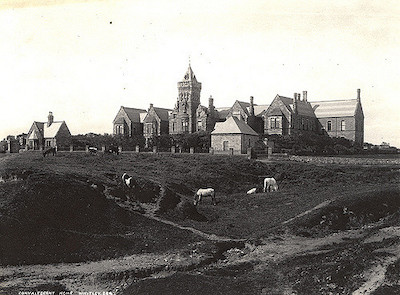
Co-Curate Page
Prudhoe Memorial Convalescent Home
- The Prudhoe Memorial Convalescent Home on the Links in Whitley Bay was built in 1867-9 on the site which is now occupied by the Waves leisure centre and pool. The …

Co-Curate Page
Church of St Paul
- Overview Map Street View St Paul's Parish Church on Park View in Whitley Bay was built in 1864 by Salvin, and paid for by the Duke of Northumberland. The west …
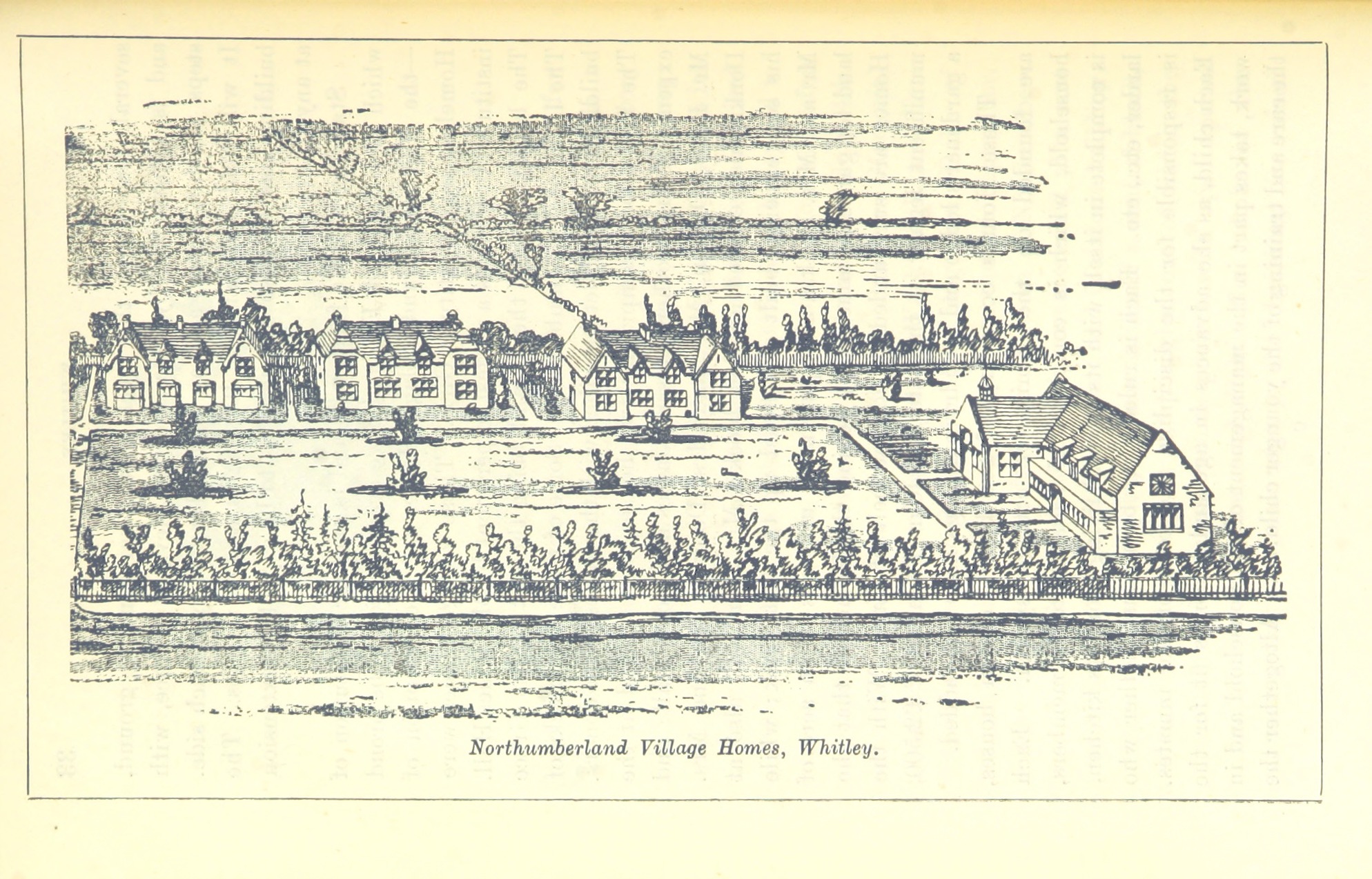
Co-Curate Page
Northumberland Village Homes
- Overview Map Street View Village Court is tucked away off Norham Road by Monkseaton Metro Station. It has an interesting history... Northumberland Village Homes in Whitley Bay were built in …
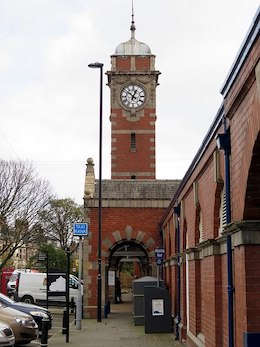
Co-Curate Page
Whitley Bay Station
- Overview Histoty & Further Info. Map Street View A railway station at Whitley Bay was opened on the 3rd July 1882 for the North Eastern Railway as part of its …


Co-Curate Page
Prudhoe Memorial Convalescent Home
- The Prudhoe Memorial Convalescent Home on the Links in Whitley Bay was built in 1867-9 on the site which is now occupied by the Waves leisure centre and pool. The …

Co-Curate Page
Church of St Paul
- Overview Map Street View St Paul's Parish Church on Park View in Whitley Bay was built in 1864 by Salvin, and paid for by the Duke of Northumberland. The west …

Co-Curate Page
Northumberland Village Homes
- Overview Map Street View Village Court is tucked away off Norham Road by Monkseaton Metro Station. It has an interesting history... Northumberland Village Homes in Whitley Bay were built in …


